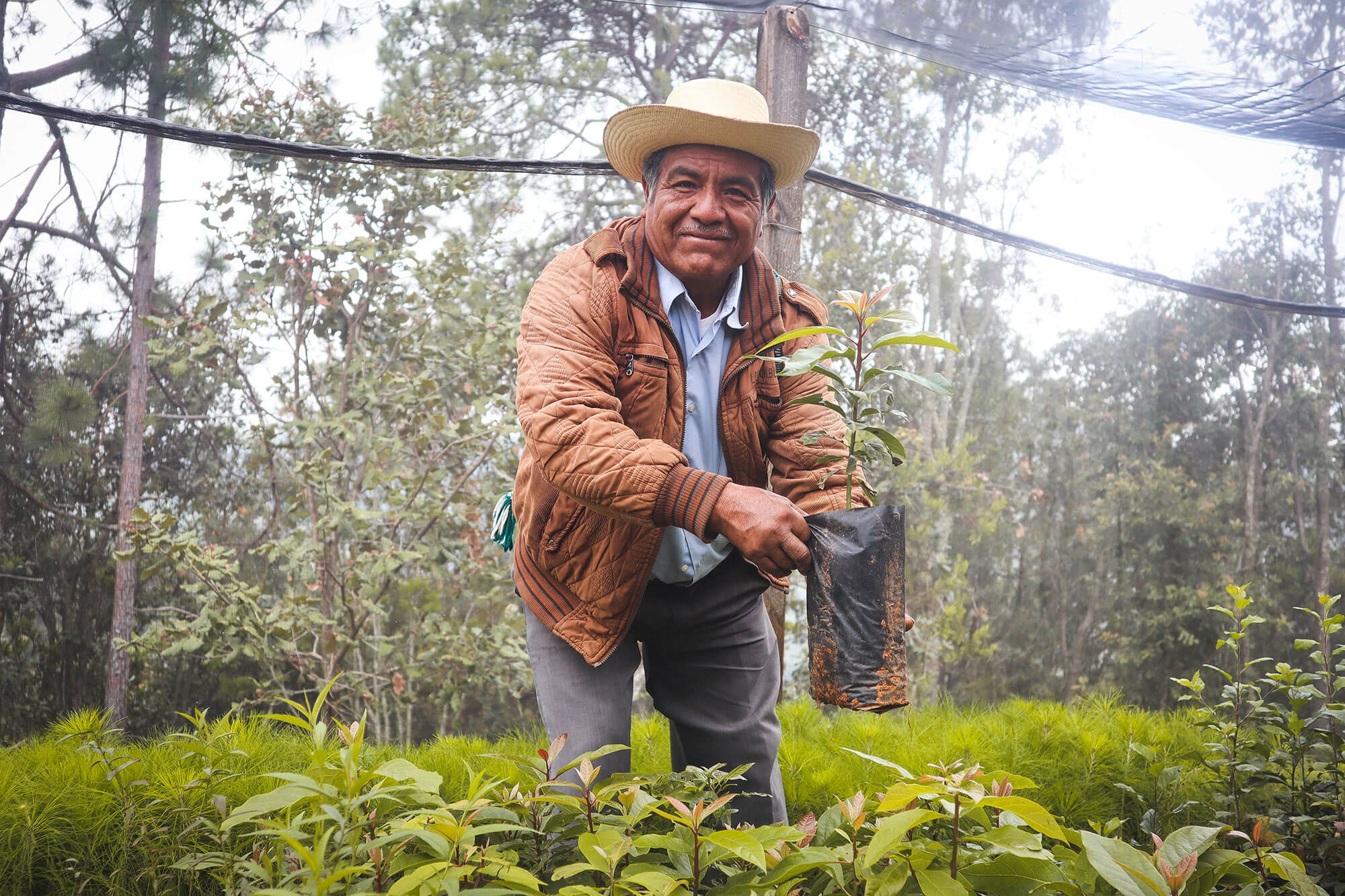
The climate crisis has been a part of my daily work for several years now.
When I started my first day of work at Plant With Purpose, a Christian nonprofit, I was attracted to its expansive scope. The organization seemed to address everything from poverty to clean water to food insecurity, and that seemed to resonate with my difficulty to make a single decision. An organization that worked on a lot of causes across a lot of countries seemed like a good fit for me.
It didn’t take long for me to start to discover that all these issues were ultimately expressions of the same issue: the environment. When things like climate change, deforestation, and soil erosion take effect, water sources run dry, food won’t grow, and health worsens. Income runs out, creating the desperate circumstances that lead to climate migration, exploitation, and even conflict. Soon enough, it became clear to me that the environment wasn’t just an issue of concern; it touched every issue of concern. Our current crisis disproportionately devastates the Global South and Black and Brown communities, both locally and abroad. These are downstream effects of colonialism, white supremacy, and rampant consumerism.
As my own understanding of climate science and solutions grows deeper, so do the world’s awareness and anxiety toward the matter. Terms like climate anxiety, net-zero, greenwashing, and Green New Deal have since entered the daily lexicon. Summers full of record-breaking heat, intergovernmental reports, and natural disasters make it progressively harder for the world at large to ignore the crisis at hand. When I dropped in on a student-led climate strike in late 2019, it seemed to inaugurate a new level of engagement and outrage in the public. The pandemic has only heightened people’s sense of interconnectedness, while being a sobering reminder of how difficult it is to push for collective action.
Climate change will be the historically defining issue of our lifetimes, and I’ve gotten to see things unfold up close. Not just in the streets or statehouses, but also in the rural farmlands of Haiti and Tanzania; about 9 in 10 people who live in poverty live in a rural, agriculture-dependent community, and their lives get significantly harder as the planet continues to warm.
An oft-quoted statistic is how 100 companies are responsible for around 70% of carbon emissions. While I don’t think that reality negates all personal responsibilities when it comes to climate stewardship, it reminds me that these companies’ CEOs and shareholders have already had an outsized impact on our world.
Sometimes, it’s tempting to think that in order to counteract this oversized negative impact of these corporate giants, we will need climate heroes moving things in the opposite direction. That line of thinking has led to a lot of wishful thinking for the right innovator to invent the perfect bit of scalable technology. It has led to a focus on people doing everything they can to lower their carbon footprints, and even a sense of gatekeeping around whether or not a person is doing enough. These behavioral purity tests around a person’s individual impact have led to many associating environmental movements with a judgmental attitude.

A true solution to our climate crisis will take more than individual efforts. The concept of a carbon footprint itself was popularized by the oil giant BP, in a very successful effort to redirect ecological attention toward individuals rather than industry. Indigenous scientist and writer Robin Wall Kimmerer diagnoses our sense of individualism as part of the problem. In her book, Braiding Sweetgrass, she describes our “deep, unnamed sadness stemming from estrangement from the rest of Creation, from the loss of relationship. As our human dominance of the world has grown, we have become more isolated, more lonely when we can no longer call out to our neighbors.”
The antidote must be a reawakened sense of community, nurture, and togetherness. Kimmerer later suggests learning from how trees “act not as individuals, but somehow as a collective. Exactly how they do this, we don’t yet know. But what we see is the power of unity. What happens to one happens to us all. We can starve together or feast together.” The most integrated movements are intergenerational, coordinated, and dynamic. Older generations provide wisdom, insight, and experience, while younger generations bring a moral clarity and energy to the movement. There is a strong sense of mutuality that resembles an ecosystem.
My daily roles as a climate communicator, as a parent, and as a member of a human community help me develop these instincts. Of choosing togetherness rather than heroics. Of thinking long term about how our impact will outlast ourselves. Of forming sacred bonds with one another, and with the web of creation that connects us all. In order to protect nature, we must relearn how to nurture.

Philippe Lazaro is a climate communicator, a storyteller, and a visual artist. His work strives to promote justice, presence, and hope through a global perspective. As the Communications Manager for the nonprofit Plant With Purpose, he aims to promote rural community development through ecological and spiritual lenses. He also hosts the Grassroots Podcast where he seeks to refocus the climate conversation on the people and communities who are most affected by the crisis at hand. Philippe’s visual art is inspired by lessons from nature, travel, and human resilience. His multidisciplinary approach to storytelling has uncovered a broad array of subjects ranging from the proliferation of Thai cuisine internationally to the false promises of recycling programs. He lives in Southern California with his wife and kids.